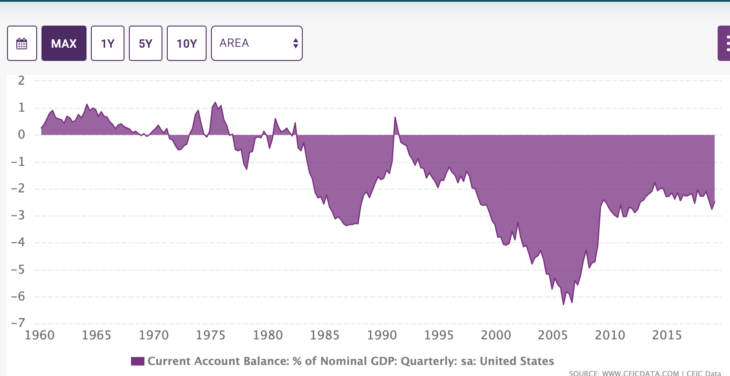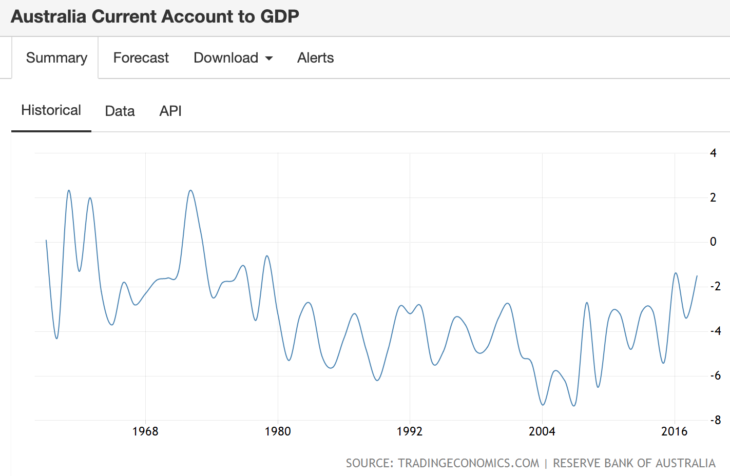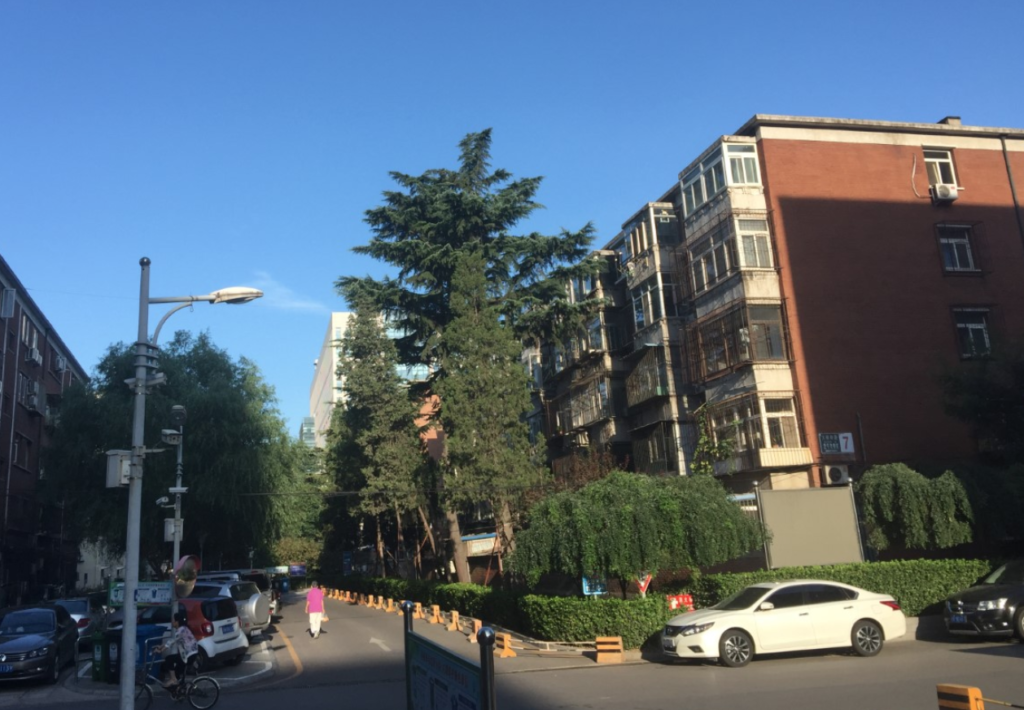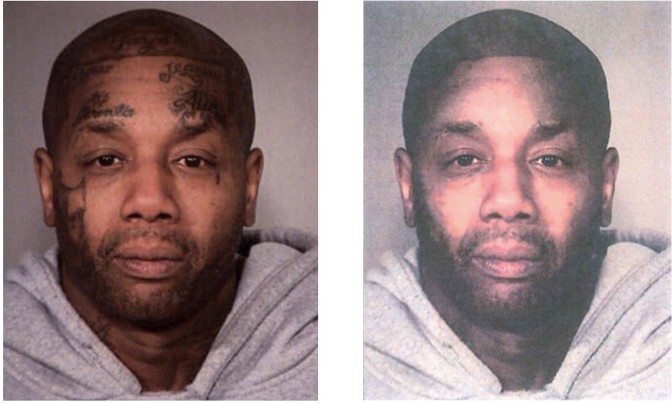When Senator Kamala Harris is criticized for actions she took as San Francisco’s district attorney or as California’s attorney general, the Democratic presidential hopeful responds in two ways. She cites the most progressive aspects of her record, arguing that she’ll advocate in the White House for more reforms to the criminal-justice system. And she asserts that it is laudable to work for change from within broken institutions, “at the table where the decisions are made.”
She says very little, and nothing convincing, about some of the most serious charges against her, like that she fought hard to keep innocents in prison and failed to fight hard against corrupt cops.
If elected president, Harris seems as likely as any of her Democratic rivals, and far more likely than Donald Trump, to pursue a criminal-justice-reform agenda that overlaps with policies I favor as a civil libertarian. And I do not hold it against Harris that as a municipal and state official she enforced many laws that I regard as unjust. All the candidates now running for president will, if elected, preside over the enforcement of some laws that they and I regard as unjust.
But like her rivals, the reforms that Harris would sign into law as president would depend mostly on what Democrats in Congress could get to her desk. Far more important is how she would preside over a federal legal system and bureaucracy that is prone to frequent abuses. And her record casts significant doubts about whether she can be trusted to oversee federal law enforcement, the military, intelligence agencies, the detention of foreign prisoners, and more.
The Innocent-Man Test
On June 6, 1998, police were summoned to a bar in the San Fernando Valley where a fight had broken out. The Los Angeles Police Department officers Michael Rex and Thomas Townsend rolled into the parking lot and turned on their floodlights. They later testified that they saw Daniel Larsen, then 30, pull a long, thin object from his waistband and throw it under a vehicle; that they ordered everyone in the parking lot to get down on their knees; that they retrieved a double-edged knife with a weighted handle from beneath a car; and that they arrested Larsen, who was convicted of felony possession of a deadly weapon during a jury trial, despite protesting his innocence. Larsen had two prior felonies and was sentenced to 28 years to life.
Larsen continued to proclaim his innocence, but got nowhere for years, until he became one of the few inmates chosen by the Innocence Project to benefit from its limited resources.
The petition assembled on his behalf was formidable. At trial, Larsen’s defense attorney called no witnesses, having failed to do the leg work of identifying any who would help his case. But as it turned out, a man named James McNutt, a retired Army sergeant first class and former police chief, had been in the parking lot that night with his wife, Elinore, and both agreed to give sworn statements asserting that they saw a different man throw the object under the car, and that they specifically saw Larsen just standing there doing nothing.
The man that the couple saw is named William Hewitt. And he swore that’s what happened, too. So did Hewitt’s girlfriend, who said Hewitt sold his motorcycle shortly after the incident to bail Larsen out of prison, because Hewitt felt guilty that another man was being punished for his actions. Not only did Larsen’s defense attorney fail to identify or call these witnesses; he also failed to request that the knife be examined for fingerprints and did not present a theory of third-party culpability. He was later disbarred for failing other clients.
There was, however, a procedural weakness in Larsen’s petition: He filed it in 2008, long after the one-year deadline for appeals. After missing that deadline, getting federal habeas relief is difficult and rare. One must show evidence of actual innocence.
In 2009, Magistrate Judge Suzanne H. Segal finally heard testimony from the multiple witnesses who proclaimed that the knife belonged to another man. She ruled that in light of the new evidence, Larsen’s case seemed to be among those “extraordinary cases where the petitioner asserts his innocence and establishes that the court cannot have confidence in the contrary finding of guilt.” She declared that “no reasonable juror would have found Petitioner guilty beyond a reasonable doubt” and that he “clearly received ineffective assistance of counsel,” but stopped short of declaring him to be innocent outright.
On June 14, 2010, Larsen was still in prison, but the state was ordered to either retry him within 90 days or to release him. Harris, who was elected attorney general that year, could have chosen to free the man who had already served more than a decade in prison for possessing a knife that almost certainly wasn’t his.
Under her leadership, the attorney general’s office instead filed an appeal attempting to block his release because he hadn’t filed his claim for relief in a timely manner. It sought to keep a man in prison on procedural grounds, despite strong evidence of innocence. As a result, Larsen needlessly spent two more years in prison, until the Ninth Circuit Court of Appeals ruled that he had cleared the threshold for producing proof of innocence and should be released. Even then, Harris’s office continued to litigate the matter, arguing before a three-judge panel of the Ninth Circuit that “one reasonable juror could still vote to convict.” The argument failed. And Harris’s office finally conceded defeat.
Still, it did not quite relent.
According to the journalist Nick Martin, the freed inmate applied to get money from the California board that compensates the wrongly imprisoned. The going rate is $140 for every day of wrongful incarceration. “To be declared eligible for compensation, a person has to prove to the court that they deserve the money. And in order to secure that proof, one of the main requirements of the board is a recommendation from the attorney general’s office,” Martin wrote. “When Harris’ office filed their suggestion on Sept. 4, 2014 that the board should decline Larsen’s claim, despite him already proving his innocence in court, that essentially sealed his financial fate.” Martin reported last month that Larsen now lives in a small garage and relies on welfare payments.
Harris’s office didn’t merely fight to keep a man in prison after he’d demonstrated his innocence to the satisfaction of the Innocence Project, a judge, and an appeals court. After losing, it fought to keep the newly released man from being compensated for the decade that he spent wrongfully imprisoned.
Harris failed the innocent-man test.
The Disclosing-Misconduct Test
In 2010, the crime lab run by the San Francisco Police Department was rocked by a scandal when one of its three technicians was caught taking evidence––cocaine––home from work, raising the prospect of unreliable analysis and testimony in many hundreds of drug cases. It was later discovered that, even prior to the scandal, an assistant district attorney had emailed Harris’ deputy at the San Francisco District Attorney’s Office complaining that the technician was “increasingly UNDEPENDABLE for testimony.”
But even after the technician was caught taking home cocaine, neither Harris nor anyone in her office notified defense attorneys in cases in which she had examined evidence.
“A review of the case, based on court records and interviews with key players, presents a portrait of Harris scrambling to manage a crisis that her staff saw coming but for which she was unprepared,” The Washington Post reported in March. “It also shows how Harris, after six years as district attorney, had failed to put in place written guidelines for ensuring that defendants were informed about potentially tainted evidence and testimony that could lead to unfair convictions.”
In fact, her office initially blamed the San Francisco police for failing to tell defense attorneys about the matter. A judge was incredulous, telling one of the assistant district attorneys, “But it is the district attorney's office affirmative obligation. It's not the police department who has the affirmative obligation. It's the district attorney. That's who the courts look to. That's who the community looks to, to make sure all of that information constitutionally required is provided to the defense.”
Harris claimed that her staffers didn’t tell her about the matter for several months.
The Wall Street Journal reported in June that years earlier, her aides had sent her a memo urging her to adopt a policy of disclosing police misconduct to defense attorneys to safeguard the right to a fair trial. Police unions, however, were opposed to the policy, and Harris failed to act on it until after the 2010 scandal.
Had she chosen otherwise, she would not have woken up to this San Francisco Chronicle story: “Kamala Harris’ office violated defendants’ rights by hiding damaging information about a police drug lab technician and was indifferent to demands that it account for its failings, a judge declared Thursday … In a scathing ruling, the judge concluded that prosecutors had failed to fulfill their constitutional duty to tell defense attorneys about problems surrounding Deborah Madden, the now-retired technician at the heart of the cocaine-skimming scandal that led police to shut down the drug analysis section of their crime lab.”
Meanwhile, Jeff Adachi, then head of the San Francisco Public Defender’s Office, declared at the time, “Anytime I've asked the district attorney for a meeting, I've been told the district attorney is out of town or not available. We need a district attorney who will give this the attention it deserves.”
Harris failed the disclosure-of-misconduct test.
The Corrupt-Prosecutors Test
For years, R. Scott Moxley, an indefatigable alt-weekly reporter, has covered police and prosecutorial misconduct for OC Weekly, a beat that never left him short for material, and that absolutely exploded in 2014, when Harris was attorney general. As he summarized it, “Sheriff’s deputies had spent years running unconstitutional jailhouse scams against pretrial inmates to secretly secure prosecutorial victories at trials. In return, prosecutors under then–District Attorney Tony Rackauckas looked the other way when deputies hid, doctored or destroyed exculpatory evidence from defendants; repeatedly committed perjury; and disobeyed lawfully issued court orders. Tens of thousands of pages of records inside the Orange County Superior Court, as well as at the California Court of Appeal, prove beyond a reasonable doubt each element of what became known nationally as the jailhouse-informant scandal.”
For months, Moxley watched as details of the scandal emerged in a Santa Ana courtroom, and then as the judge declared that multiple deputies had perjured themselves on the stand. Earlier this year, he gave a scathing assessment of Harris’s response, which amounted to almost nothing by the time she was elected to the Senate in 2016.
According to Moxley:
After more bombshell evidence emerged that expanded the scope and intensity of the deputies’ cheating, [Judge] Goethals—a former homicide prosecutor—wrote another ruling expressing exasperation over the corruption.
Harris finally acted.
She announced the opening of an investigation into the Orange County Sheriff’s Department (OCSD). As months, then years passed, it became increasingly clear the probe was nothing more than a sham. Though efforts were made to conceal that fact from the public, illuminating details emerged. For example, Harris’ investigators incredibly obeyed Orange County Sheriff’s Department commands not to audio record certain statements from accused deputies.
More telling, however, is the fact that the alleged investigation long ago landed in bureaucratic oblivion. Though Goethals and the California Court of Appeal officially announced disgust with OCSD perjury years ago, the AG’s office—first under Harris and now with Xavier Becerra—hasn’t held anyone accountable after a probe that so far has lasted more than 1,411 days.
The probe later ended without any charges filed.
Moxley went on to quote Scott Sanders, the assistant public defender who first unearthed the corrupt behavior in question. Sanders declared, “The former attorney general’s efforts in Orange County were far from a profile in courage. Her unwillingness to stand up to dishonest law enforcement will be her lasting legacy here, and the criminal-justice system will continue to pay the price for years.”
In a separate case, Kern County prosecutor Robert Murray appended to a confession two fabricated lines that would significantly increase the potential sentence a defendant faced, then gave a falsified transcript to the defendant’s attorney. When the attorney found out what happened, he filed a motion to dismiss the indictment for prosecutorial misconduct.
Sidney Powell reported this in The Observer:
California Judge H.A. Staley got it right. He found that Mr. Murray’s fabrication of “evidence”—falsifying the transcript of a confession during discovery and plea negotiations—was “egregious, outrageous, and . . . shocked the conscience.”
The trial judge saw no laughing matter—and neither should the rest of us. He dismissed the indictment completely, and in a scathing opinion, also quoted by the appellate court, wrote that the prosecutor’s actions “diluted the protections accompanying the right to counsel and ran the risk of fraudulently inducing defendant to enter a plea and forfeit his right to a jury trial.” The court refused to “tolerate such outrageous conduct that results in the depravation of basic fundamental constitutional rights that are designed to provide basic fairness.”
As for Harris:
Undaunted by the criminal conduct of a state prosecutor, or the district court’s opinion, Ms. Harris appealed the decision dismissing the indictment. According to the California attorney general, only abject physical brutality would warrant a finding of prosecutorial misconduct and the dismissal of an indictment. Fortunately for all of us—and the Constitution—she lost again.
She failed the corrupt-prosecutors test.
Progressives are divided about Kamala Harris’s candidacy, with some criminal-justice reformers who started off skeptical warming to her. For example, Shaun King told BuzzFeed News, “I was a little slow to trust her as a reformer on criminal justice, but I think she’s proven herself to me. I think she’s become one of the better spokespersons for really serious criminal-justice reform in the Democratic Party.”
I don’t doubt that Harris will continue to champion prudent criminal-justice reforms, whether she continues in the Senate or becomes president. But speaking and even voting for sound criminal-justice policies and being a trustworthy overseer of a sprawling criminal-justice bureaucracy are very different things.
I can forgive a politician a vote on a crime bill that looks ill-conceived two decades later, or a too-slow evolution toward marijuana legalization, or even a principled belief in the death penalty, something I adamantly oppose. I find it far harder to forgive fighting to keep a man in jail in the face of strong evidence of innocence, running a team of prosecutors that withholds potentially exculpatory evidence from defense attorneys, and utterly failing as the state’s top prosecutor to rein in glaringly corrupt district attorneys and law enforcement.
At best, Harris displayed a pattern of striking ignorance about scandalous misconduct in hierarchies that she oversaw. And she is now asking the public to place her atop a bigger, more complicated, more powerful hierarchy, where abuses and unaccountable officials would do even more to subvert liberty and justice for all.



 A slightly larger deficit than in the US, on average, although this year their deficit is expected to shrink to only 0.4% of GDP.
A slightly larger deficit than in the US, on average, although this year their deficit is expected to shrink to only 0.4% of GDP.


 PS. I wrote this post a few weeks ago, and was prompted to post it now because I came across these interesting tweets, on a related point:
PS. I wrote this post a few weeks ago, and was prompted to post it now because I came across these interesting tweets, on a related point:



 Elizabeth Warren delivers a campaign speech at the Des Moines Register Political Soapbox at the Iowa State Fair on August 10, 2019. | Alex Wong/Getty Images
Elizabeth Warren delivers a campaign speech at the Des Moines Register Political Soapbox at the Iowa State Fair on August 10, 2019. | Alex Wong/Getty Images


 Subscribing to Disney+, ESPN+, and Hulu together will cost $12.99 a month once the Disney-centric service launches in November. | Rafael Henrique/SOPA Images/LightRocket via Getty Images
Subscribing to Disney+, ESPN+, and Hulu together will cost $12.99 a month once the Disney-centric service launches in November. | Rafael Henrique/SOPA Images/LightRocket via Getty Images

 Well north of Iceland there is a island archipelago that is governed by Norway but because of a peculiar treaty it has entirely open borders:
Well north of Iceland there is a island archipelago that is governed by Norway but because of a peculiar treaty it has entirely open borders: Supplied
Supplied